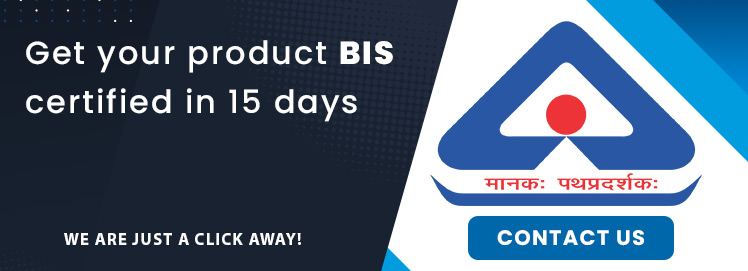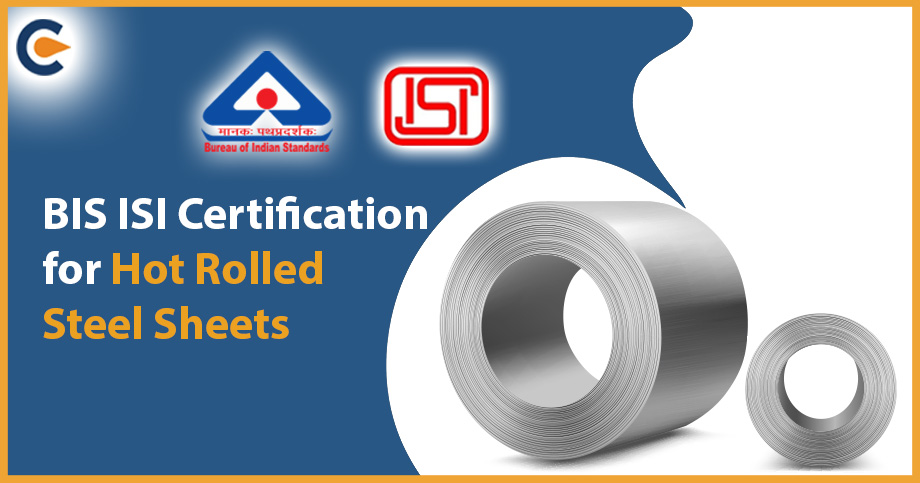There is a great demand for Safety glass in India. Since it is robust and more durable than traditional glass, safety glass is widely used across automobile and real estate sectors. Unlike normal glass, these glasses shatter into tiny pieces in case of an accident or mishandling. The manufacturer of such products needs to comply with the norms of IS 2553 (Part 1): 2018. It is an Indian Standard that regulates how these glasses should be tested for quality. Also, this standard mandates the manufacturer to affix ISI marking on these glasses after securing the BIS license. Let’s see how you can secure the BIS certification for Safety Glass and comprehend key norms under the governing standard.
What The General Requirements Are Under IS 2553 (Part 1): 2018?
Safety glass for building, architectural, and railway uses cited under the IS covered under IS 2553 (Part 1): 2018. This standard (part I) pens down the requirements relating to sampling and testing of safety glass that can be fitted to building doors, glazing windows, and railway coaches.
Safety glass is available in four different types:
- Toughened Safety (tempered) Glass (TS)
- Toughened-Float Safety Glass (TF)
- Laminated Safety Glass (LS)
- Laminated Float Safety Glass (LF)
Flat transparent glass (having AA and A quality) is the original material for safety glass production. The safety glass thickness should be in line with standard norms. The same is true when it comes to measuring glass thickness.
The defect threshold in safety glass should be under control and not beyond what is specified for A or AA-quality sheet glass. Keeping these requirements in mind is vital for securing the BIS certification for Safety Glass in India.
Tests to Affirm the Quality of Safety Glass as Per BIS Norms
The following tests should be conducted by the manufacturer to affirm the quality of the safety glass. These tests serve as a quality checklist to qualify for the BIS certification for Safety Glass.
- Fragmentation test
- Light stability test
- Resistance to shock test
- Fracture and adhesion test
- Boil test
- Dimensional & visual tests such as thickness
The procedure for performing these tests is cited in the standard. The lab in which these tests take place should be resourceful and has qualified technicians.
Packaging and labeling should be in line with the standard’s norms. Each packet should reflect details as per what is recommended in the standard.
The standard mark or ISI mark serves as a sign of quality and it should be marked on each safety glass.
The manufacturer must secure a BIS registration from BIS to use ISI marking on their products.
The BIS accords a BIS registration post conducting a successful evaluation of quality control, production infrastructure, testing capabilities, and manufacturing process.
Documents for Obtaining BIS Certification for Safety Glass
The applicant seeking the BIS certification for Safety Glass[1] must arrange the following paperwork. These dossiers shall serve as annexures to the BIS application.
- Factory license
- Environmental clearance for the concerned authority
- In-house lab details
- Certification from local bodies, if applicable
- A third-party lab report showing product performance after being exposed to standardized tests
- COI or partnership deed reinforcing the legal existence of the business
- Details of machinery being used for safety glass production
- Trademark registration
- Manufacturing process flowchart
- An authorization letter authorizing an agent to file an application on the company’s behalf
How to Obtain BIS Certification for Safety Glass?
Let’s have a detailed walkthrough of the process concerning the BIS certification for Safety Glass.
Step 1: Navigate To the BIS Portal and File the Application
The application for securing BIS certification for Safety Glass is available on the BIS website. Make sure to add legitimate detail in the application to avert any chance of cancellation.
Once done, head to the document section to upload the mandatory paperwork in the recommended format. Document uploading shall be followed by the fee submission.
Do not forget to note down the application tracking number or acknowledgment slip. This will help you with the tracking of application progress.
Step 2: Inspection of the Production Facility and Dossiers
In this step, the officials will take a closer look at the submitted document to find any non-conformity. This will be followed by the vetting of the on-site resources and available manpower. Primarily, BIS officials will look into the followings while doing the same.
- Manufacturing Infrastructure
- Production process
- Testing capabilities
- Standard(s) being followed
Note: Sample selection is the final undertaking in this step that involves the selection of specimen(s) from the finished lot. These sample(s) will then undergo different tests performed by the certified lab.
Step 3: Lab Testing and Report Preparation
The selected samples will then undergo performance checks by subjecting them to the following tests. The way in which these tests would take place is cited in the governing standard.
- Fragmentation test
- Light stability test
- Resistance to shock test
- Fracture and adhesion test
- Boil test
- Dimensional & visual tests such as thickness
Post this, the detailed report shall be prepared by the lab enclosing all the lab observations and test results.
Step 4: Report Review and Grant of BIS License
The lab report shall undergo a final review performed by the authority. While inspecting the report, the authority will keep eye on non-conformity reflecting poor performance of the tested sample(s). Based on what they observe from the report, the authority shall decide whether or not to grant the certification.
Conclusion
BIS certification for Safety Glass allows for the production of quality products by providing glass makers with definitive testing requirements. The applicant after securing this license can affix ISI marking on their product without any legal nuisance.
Also Read:
What Is BIS Certification In India?













